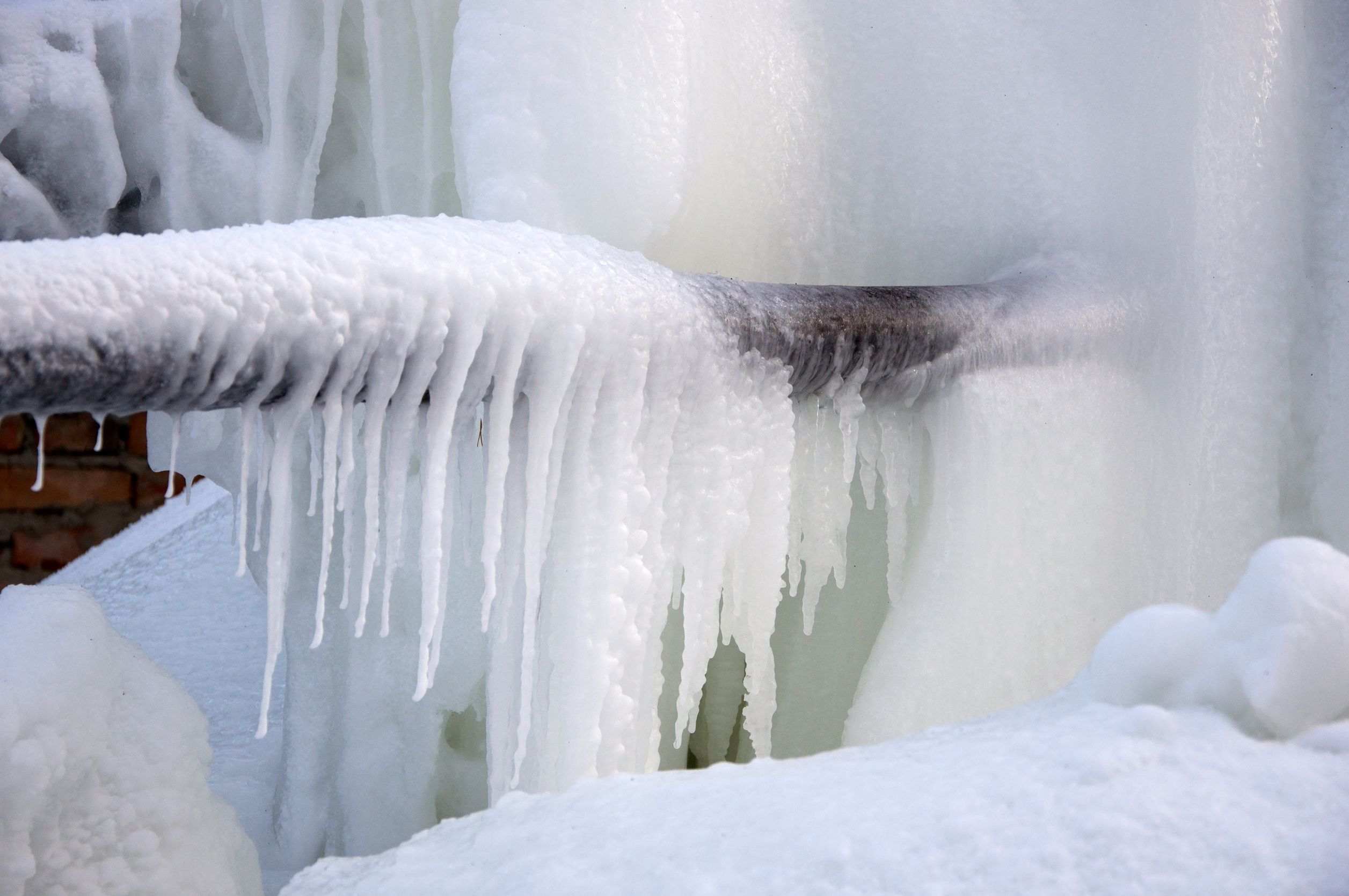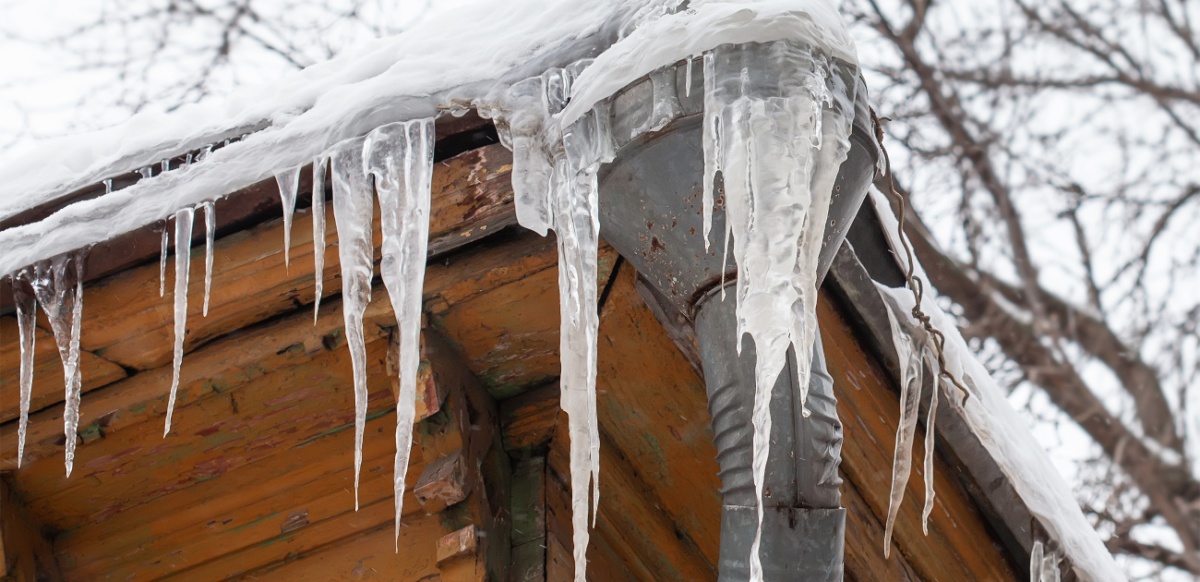Do you find yourself trying to find information concerning 6 Ways to Prevent Frozen Pipes?

Winter can damage your plumbing, especially by freezing pipes. Below's how to prevent it from occurring and what to do if it does.
Intro
As temperature levels drop, the risk of frozen pipes rises, possibly causing pricey repair services and water damage. Comprehending just how to avoid icy pipes is critical for home owners in cold climates.
Prevention Tips
Insulating susceptible pipelines
Cover pipelines in insulation sleeves or make use of warmth tape to safeguard them from freezing temperature levels. Focus on pipes in unheated or external locations of the home.
Home heating strategies
Keep indoor rooms properly heated up, particularly areas with plumbing. Open cabinet doors to enable warm air to flow around pipelines under sinks.
Just how to recognize frozen pipelines
Search for decreased water circulation from taps, unusual smells or noises from pipes, and noticeable frost on revealed pipelines.
Long-Term Solutions
Structural adjustments
Take into consideration rerouting pipes away from exterior wall surfaces or unheated locations. Include additional insulation to attics, cellars, and crawl spaces.
Updating insulation
Purchase high-quality insulation for pipes, attic rooms, and walls. Proper insulation aids preserve constant temperatures and decreases the danger of icy pipelines.
Safeguarding Exterior Pipes
Garden hose pipes and exterior faucets
Detach and drain pipes garden hose pipes before winter months. Install frost-proof faucets or cover exterior taps with shielded caps.
Recognizing Icy Pipes
What triggers pipelines to freeze?
Pipes ice up when exposed to temperature levels below 32 ° F (0 ° C) for prolonged durations. As water inside the pipes freezes, it expands, putting pressure on the pipe wall surfaces and possibly creating them to burst.
Risks and problems
Frozen pipes can lead to water supply disturbances, property damages, and expensive repair services. Burst pipelines can flood homes and trigger substantial structural damage.
Indications of Frozen Pipes
Recognizing icy pipes early can prevent them from rupturing.
What to Do If Your Pipes Freeze
Immediate actions to take
If you suspect icy pipelines, maintain faucets available to soothe stress as the ice thaws. Utilize a hairdryer or towels soaked in hot water to thaw pipes gradually.
Verdict
Preventing frozen pipes requires proactive actions and quick reactions. By recognizing the reasons, indicators, and preventive measures, property owners can shield their pipes throughout cold weather.
6 Proven Ways to Prevent Frozen Pipes and Protect Your Home
Disconnect and Drain Garden Hoses
Before winter arrives, start by disconnecting your garden hoses and draining any remaining water. Close the shut-off valves that supply outdoor hose bibs and leave the outdoor faucet open to allow any residual water to drain. For extra protection, consider using faucet covers throughout the colder months. It’s also important to drain water from any sprinkler supply lines following the manufacturer’s directions.
Insulate Exposed Pipes
Insulating your pipes is an effective way to prevent freezing. Pipe insulation is readily available at home improvement stores and is relatively inexpensive. Pay close attention to pipes in unheated areas such as the attic, basement, crawl spaces, or garage. Apply foam insulation generously to create a buffer against the cold. You can also wrap your pipes in heat tape or thermostat-controlled heat cables for added warmth.
Seal Air Leaks
Inspect your home for any cracks or openings that could let in cold air. Seal any holes around the piping in interior or exterior walls, as well as the sill plates where your home rests on its foundation. Additionally, make sure to keep your garage door closed unless you’re entering or exiting. Leaving it open creates a significant air leak that can lead to frozen pipes.
Allow Warm Air Circulation
During cold snaps, it’s essential to allow warm air to circulate evenly throughout your home. Leave interior doors ajar to promote better airflow. Open kitchen and bathroom cabinets to help distribute heat consistently around the rooms. If you have small children or pets, be sure to remove any household chemicals or potentially harmful cleaners from open cabinets for safety.
Let Faucets Drip
A small trickle of water can make a big difference in preventing ice formation inside your pipes. When temperatures drop significantly, start a drip of water from all faucets served by exposed pipes. This continuous flow helps prevent the water from freezing. Additionally, running a few faucets slightly can relieve pressure inside the pipes, reducing the chances of a rupture if the water inside does freeze.
https://choateshvac.com/6-proven-ways-to-prevent-frozen-pipes-and-protect-your-home/

Do you appreciate reading about Preventing and dealing with frozen pipes? Put a comment down the page. We would be happy to hear your reactions about this entry. We are looking forward to see you back again in the near future. Sharing is nice. Helping people is fun. Thanks a lot for taking the time to read it.
Click Here